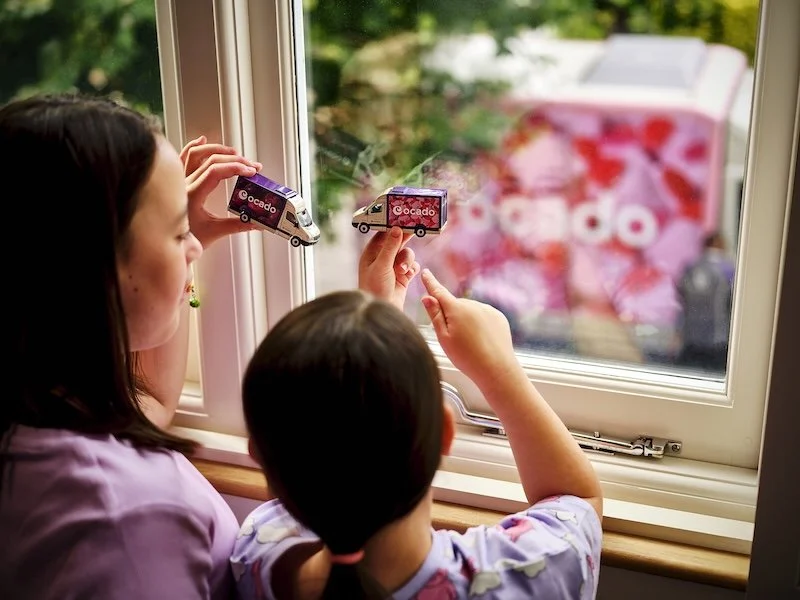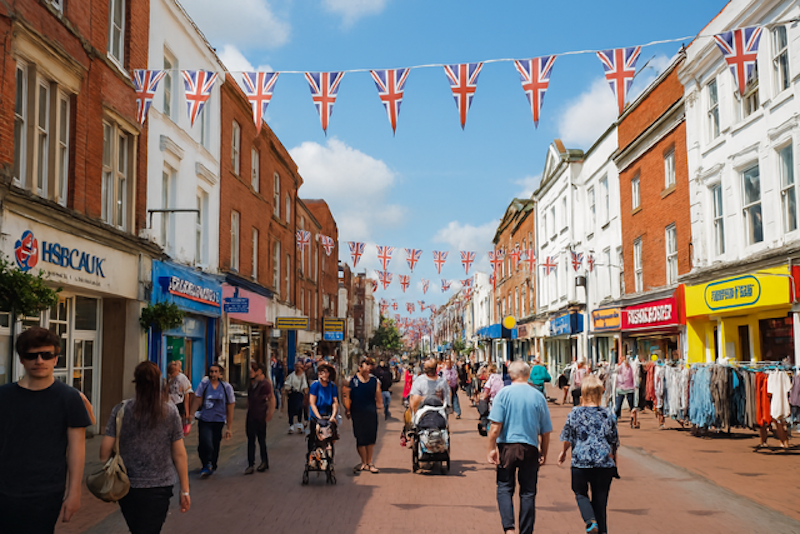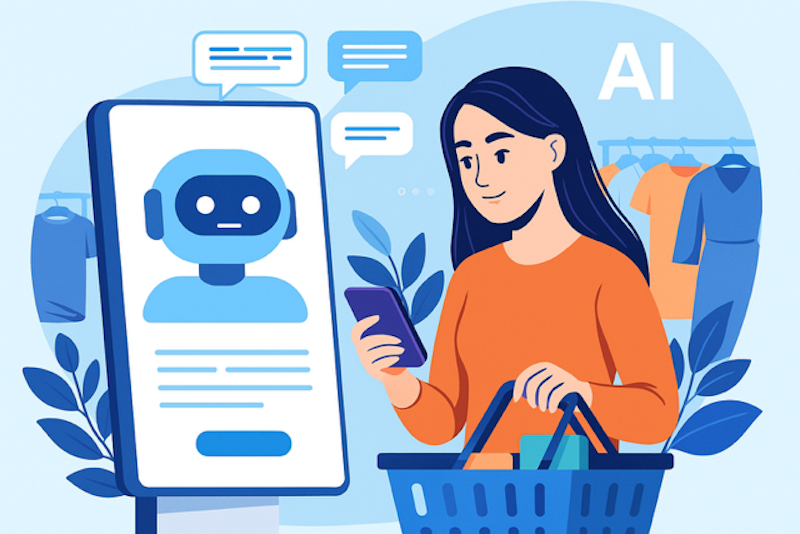The evolution of retail: from market stalls to digital storefronts
Have you ever wondered how the retail industry has evolved over the centuries?
From the bustling market stalls of ancient civilisations to the sleek digital storefronts of the modern era, retail has always been a cornerstone of economic and social life. But what has propelled this transformation, and how has technology redefined the way we shop?
The history of retail is a fascinating journey through time. In the past, merchants and craftsmen sold their wares in open markets or along busy streets, relying on foot traffic and word of mouth to attract customers.
As society progressed, so did the methods of selling goods. The introduction of fixed shopfronts in urban centres marked a significant shift, offering consumers a more diverse range of products under one roof. This evolution continued with the rise of department stores in the 19th century, which brought an air of luxury and convenience to shopping.
However, the biggest transformation in retail came with the advent of the internet. Online shopping has revolutionised the industry, allowing consumers to browse and purchase products from the comfort of their own homes.
The convenience, variety, and competitive pricing found online have set new standards for customer expectations. Retailers who have embraced e-commerce have seen their reach expand globally, breaking down geographical barriers and opening up new markets.
But with this shift, traditional bricks and mortar stores have had to adapt, finding new ways to enhance the shopping experience and integrate digital solutions.
● The rise of e-commerce platforms and online marketplaces
● The integration of technology in physical stores (e.g., virtual fitting rooms, self-checkout systems)
● The growing importance of omnichannel retail strategies
As we look to the future, how will emerging technologies like artificial intelligence, augmented reality, and the Internet of Things further shape the retail landscape? Will physical stores become mere showrooms for products purchased online, or will they offer unique experiences that can't be replicated in the digital world?
The Impact of Consumer Behavior on Retail Dynamics
Consumer behaviour has always been a driving force in the evolution of retail.
But what influences these behaviours, and how do retailers stay ahead of the curve? Cultural shifts, economic factors, and technological advancements all play a role in shaping consumer preferences and expectations.
With the rise of social media and influencer culture, trends can now spread like wildfire, creating new demands almost overnight. Retailers must be agile, adapting their product offerings and marketing strategies to stay relevant.
Sustainability and ethical practices have also become increasingly important to consumers. The modern shopper is more informed and concerned about the impact of their purchases on the environment and society.
Retailers that prioritise sustainability and transparency in their operations are gaining favor among these conscientious consumers. This shift is not just a passing trend but a fundamental change in the way we think about consumption and its long-term effects.
● The influence of social media on shopping trends
● The growing demand for sustainable and ethical products
● The role of data analytics in understanding consumer behaviour
In this rapidly changing retail environment, how can businesses balance the need for innovation with the desire for sustainability? How will consumer values continue to influence the products and services offered by retailers? And what role will technology play in creating a more responsible and responsive retail sector?
The Future of retail: Blending Tradition with Innovation
As we gaze into the crystal ball of retail's future, it's clear that innovation will be the key to survival and success. But what does innovation look like in the context of retail? It's not just about adopting the latest technologies; it's about reimagining the shopping experience, both online and offline.
Retailers must find ways to blend the traditional aspects of shopping - personal service, tactile experiences, and the joy of discovery - with the convenience and efficiency of digital platforms.
One area of innovation is the use of data analytics to personalise the shopping experience. By understanding customer preferences and behaviours, retailers can tailor their offerings and communications, making each interaction feel unique and valued.
Another area is the integration of augmented reality, allowing customers to visualise products in their own space before making a purchase, bridging the gap between the physical and digital worlds.
● Personalisation through data analytics and AI
● The integration of AR and VR in the shopping experience
● The role of physical stores in a digital dominated retail landscape
As we consider the future of retail, it's worth asking: will the physical store ever become obsolete, or will it simply evolve into something new and exciting? How will retailers balance the efficiency of automation with the personal touch that customers crave?
And in a world where convenience is king, how will the essence of shopping - discovery, pleasure, and social interaction - be preserved and enhanced?
In conclusion, the retail landscape is undergoing a profound transformation, driven by technological advancements and changing consumer behaviours. As we navigate this new era of retail, retailers must be innovative yet mindful of tradition, blending the best of both worlds to create a shopping experience that is both familiar and forward-looking.
And for those curious about the latest trends and opportunities in the world of retail, exploring resources like big dollar casino no deposit bonus can provide insights into how industries are leveraging digital platforms to engage with customers in new and exciting ways.































Continue reading…